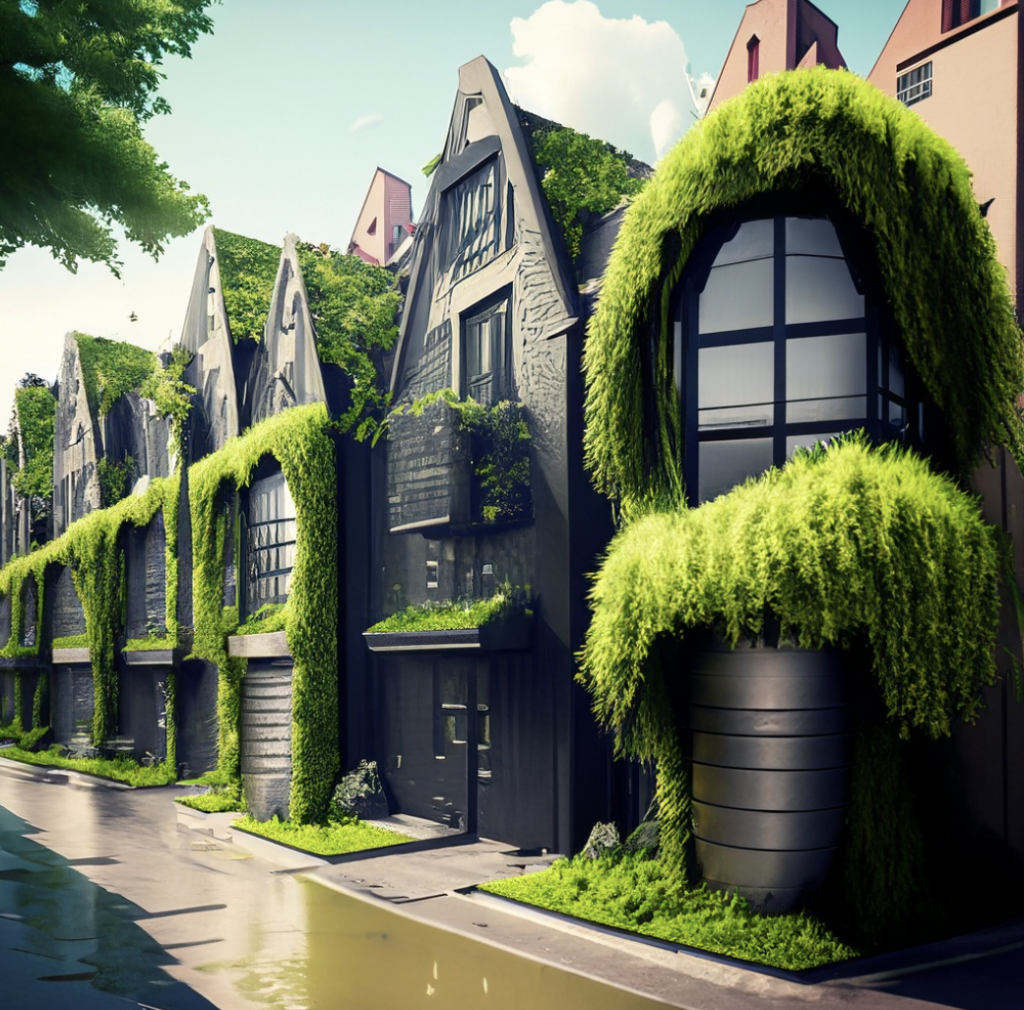Resurfacing Urban Cities: The Green Revolution with Nature-based Solutions
In our bustling urban jungles, where concrete and steel dominate the landscape, the fight against urban heat often feels like an uphill battle. But what if there’s a natural ally in our quest to combat climate change right beneath our feet? It’s time to reconsider the way we resurface our cities. Instead of endless expanses of concrete and manicured grass, let’s turn to native landscaping and nature-based solutions to pave the way for a more sustainable and resilient future.
Concrete vs. Nature: The Urban Dilemma
Traditional urban development has favored concrete over nature for decades. Vast stretches of impervious surfaces, such as roads and parking lots, exacerbate the urban heat island effect, contributing to soaring temperatures in cities. Moreover, the reliance on concrete and asphalt increases stormwater runoff, leading to flooding and water pollution.
Grassy lawns, while visually appealing, are not without their environmental drawbacks. The relentless demand for water and chemical fertilizers to maintain these emerald expanses consumes valuable resources and contributes to greenhouse gas emissions. It’s time to rethink our approach.
Nature-Based Solutions: Paving the Way to a Greener Future
Nature-based solutions (NbS) harness the power of ecosystems to address urban challenges. They offer a sustainable alternative to traditional urban design by incorporating elements of nature into our cities. Here are a few cities leading the charge:

- Copenhagen, Denmark: The Danish capital has embraced NBS by implementing a citywide plan to introduce green roofs, green walls, and pocket parks. These features absorb rainfall, reduce heat, and enhance biodiversity, making the city more resilient to climate change.
- Philadelphia, USA: The City of Brotherly Love is known for its innovative Green City, Clean Waters program. By creating rain gardens, green streets, and permeable pavement, Philadelphia is managing stormwater more efficiently and reducing flooding while adding greenery to the cityscape.
- Melbourne, Australia: Melbourne’s urban forest strategy prioritizes tree planting, creating shaded corridors throughout the city. This approach helps lower temperatures and improve air quality, making the city a more comfortable and sustainable place to live.
Benefits of Nature-Based Solutions
Climate Resilience: NBS reduce urban heat islands, lower temperatures, and mitigate the impacts of extreme weather events like floods and storms, making cities more resilient to climate change.
Biodiversity Boost: Native plants attract pollinators and wildlife, enhancing urban biodiversity and supporting local ecosystems.
Improved Air Quality: Trees and green spaces act as natural air purifiers, removing pollutants and providing fresh oxygen for city residents.
Economic Benefits: NBS can create jobs in landscaping, maintenance, and related fields. They also increase property values and attract businesses and tourism.
Enhanced Mental Health: Access to green spaces and natural environments in cities has been shown to reduce stress, improve mental health, and promote physical well-being.
Conclusion: A Greener Tomorrow Could and Should Start Today
The evidence is clear: Nature-based solutions have the potential to transform our cities into sustainable, climate-resilient havens. By embracing native landscaping, green roofs, urban forests, and permeable surfaces, we can combat climate change while enhancing the quality of urban life.
Cities worldwide are already taking bold steps to reshape their landscapes. It’s time for us all to join this green revolution. Whether you’re a city planner, homeowner, or simply a concerned citizen, consider how you can contribute to making our cities more sustainable, resilient, and harmonious with nature. Together, we can resurface our urban environments with green solutions and pave the way to a brighter, greener future.


